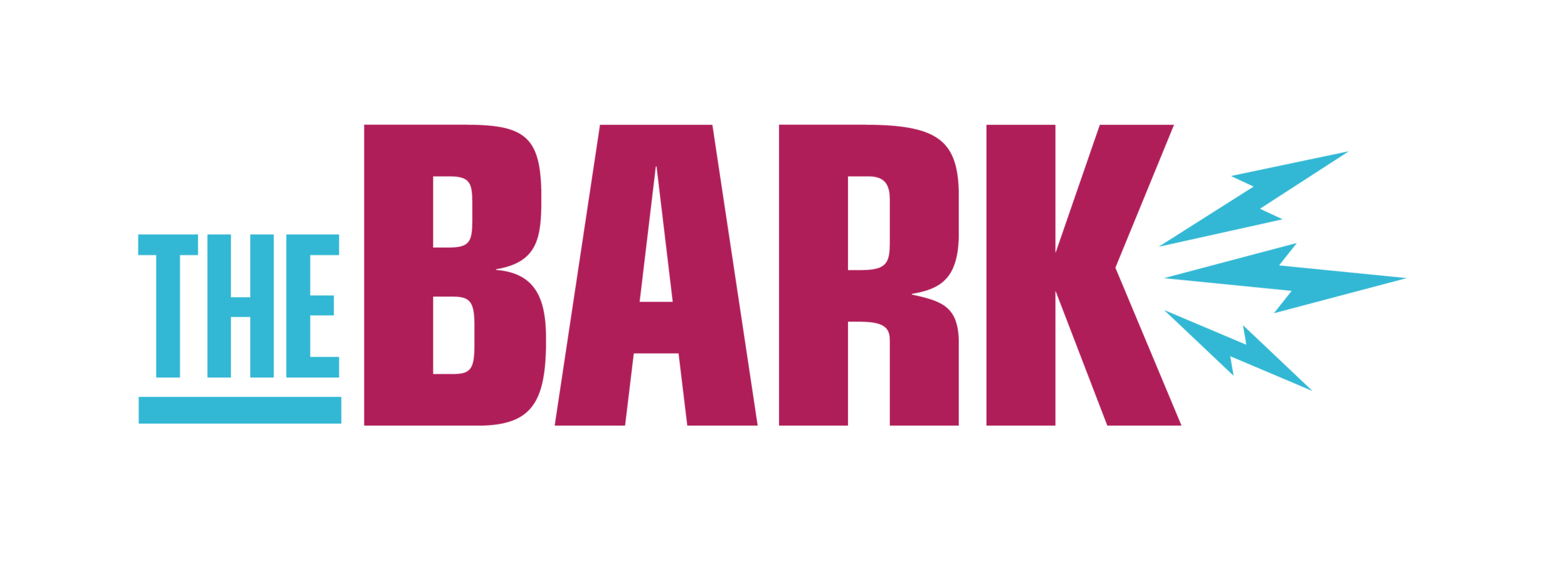Student Association proposes new requirements for class syllabus
Illustration by Karli Kruse
Syllabus proposals have two different policies, consisting of syllabus statements and syllabus requirements. Faculty members will place and have always placed some things, including their contact information on the first page, followed by explaining the outcome of each class, including the grade scale and avoiding plagiarism.
According to Student Association president Mike Kenyanya, syllabus statements by faculty members will replace both mental health and the resources available on campus to access them, including sexual misconduct and Disability Resources.
“That policy would be a recommended slate of statements that faculty members would not be required to include, but are encouraged to include,” Kenyanya said.
“What the syllabus does is it tells students what they can expect in the course,” Pepper said. “It tells faculty what they need to follow through on being sure students understand what is expected in the course.”
Kenyanya describes that a syllabus requires the date of the class, where and when the class meets, how many credits there are and when finals are.
Kenyanya stated that this is an enforceable policy.
According to Kenyanya, the syllabus proposals are moving through the governance system at the moment as well as the teaching and learning committee by Pepper.
“Probably early next semester is when the revisions will take place,” Kenyanya said.
Kenyanya stated that every faculty member will be in charge of the syllabus proposals.
“There’s a lot of other committees, including faculty staff setting, strategic planning and budget committee, and teaching and learning committee,” Kenyanya said.
According to Kenyanya, the Student Association can propose a revision for a policy to be reviewed by other committees and then ultimately sent to administration.
“Administrations themselves can revise policies,” Kenyanya said.
According to Kenyanya, syllabus statements, such as mental health resources and reporting sexual misconduct, are extremely necessary.
“I think it’s extremely important to make those as accessible as possible,” Kenyanya said. “We students take all classes, so we all have syllabi, so that’s a really easy place to find those resources.”
Kenyanya does not think the new policy dictates when the faculty member’s office hours has to be.
“I certainly would love to see a single format, but the policy doesn’t encompass that, unfortunately,” Kenyanya said.
Pepper, who had drafted the syllabus proposals himself, stated that the policy has been in effect for a long time, starting on Jan. 3, 2011.
“All academic policies go through periodic review,” Pepper said. “We’ve started a really ambitious project this past summer, taking academic policies to govern its committees for review.”
Pepper stated that not only has the syllabus policy been approved to move forward by the Teaching and Learning Committee, it has been approved by other governance committees as well.
Pepper and other staff members are waiting for the Executive Vice Chancellor for Academic Affairs to finally approve it, which he is indicated in doing.
Pepper said that it is hard to make syllabus policies effective for Spring Semester 2019. However, because people are doing their syllabi, the effective date will most likely be the said time. But more realistically, it will be in more effect starting summer session 2019, according to Pepper.
Pepper stated that the syllabus policy is important because it is the informal contract that the students and faculty have to abide by. Pepper also said that the changes they have recommended are in an effort to make the policy not only more clear, but also an effort to make their policy a little bit more consistent with other University of Minnesota campuses.
Pepper determined that both faculty and students should agree with the terms and conditions within syllabus policies.
“There’s not a huge amount that is different in this proposal,” Pepper said. “One of the proposals that is in red is the changes. So when this gets posted online, everything will be in black.”
However, Pepper determined that everything that is in black is the existing syllabus policy, whereas everything that is in red are the changes that are going to be made.
According to Pepper, most of those changes are clarification ones, so they are regardless of delivery mode, including independent studies and individualized instruction classes.
“Some of the changes that have been added, including Number 13 that is a change that was added,” Pepper said. “Fourteen is a change, but really, these changes that have been added were things that were recommended in the previous policy.”
Pepper concluded that the process did struggle to revise in the Teaching and Learning Committee.
“Much of that revision, much of the proposal that you’re seeing here is clarification, or to put it differently, there really aren’t any major changes that are going into effect,” Pepper said.

